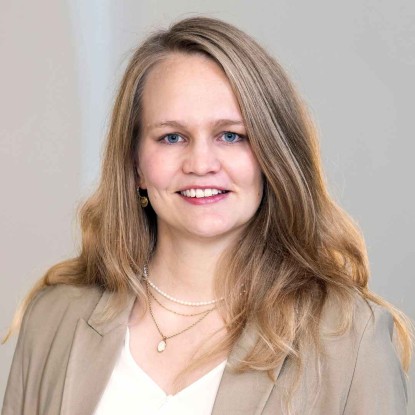3D printing / additive manufacturing has the potential to significantly change conventional procurement, production and distribution. The transport of physical goods is replaced by a digital supply chain, enabling the customized production close to the customer locations. This requires that classic configurations of existing supply chains are questioned and new supply chain designs for digital supply chains with 3D printing are developed. 3D printing enables vertical integration and thus a reduction of the number of actors in the supply chain. At the same time, decentral production plants can be set up close to the customer, which further changes the familiar structure of supply chains. New actors such as platform providers and print service providers also appear on the market. These and traditional actors, who want to position themselves in 3D printing with new business models, need to be considered when configuring supply chains.
Considering this, the objective of the cooperative research project is to analyse changes of supply chains through 3D printing and to identify requirements for the configuration of new value chains. For this purpose it is necessary to examine adaptations of existing supply chains from an inter-company perspective. An interview study is conducted with various groups of actors in a 3D printing supply chain in order to identify their expectations and ideas regarding supply chains based on 3D printing. The project aims at developing possible future scenarios for 3D printing supply chains and to identify requirements of different groups of actors.
Starting from a classic supply chain design, the cooperation project will develop configurations of 3D printing supply chains and examine them with regard to their prerequisites. On the basis of these scenarios, positions and market entry concepts can be analysed for different actors and in particular for DB Schenker.
Key data:
Duration: October 2018 to December 2019
Partners: DB Schenker, University of Luxembourg
Project lead: Anne Friedrich





